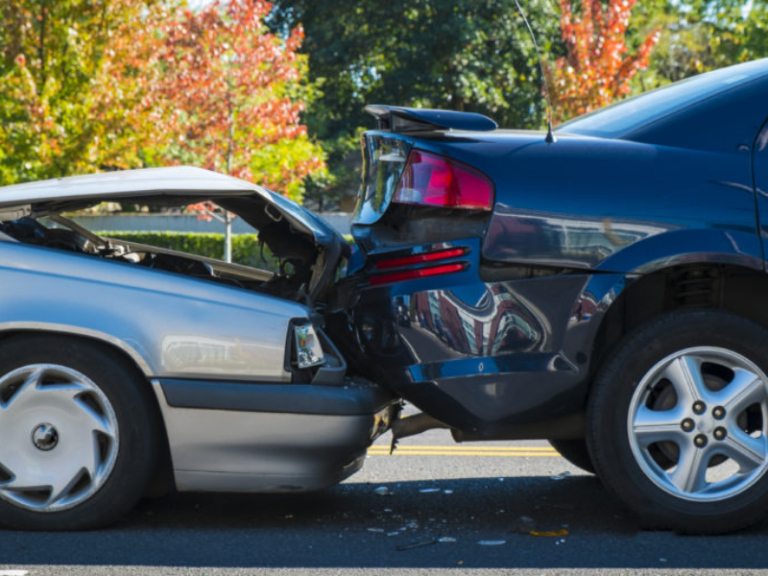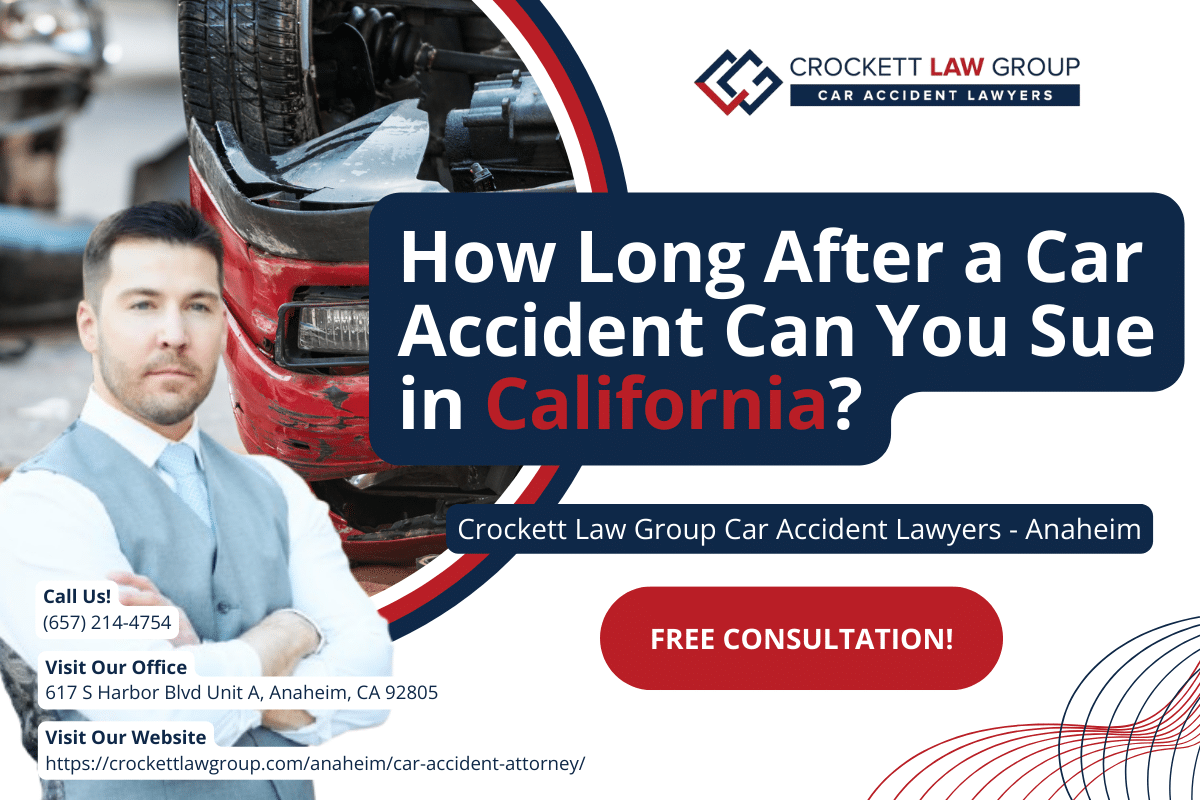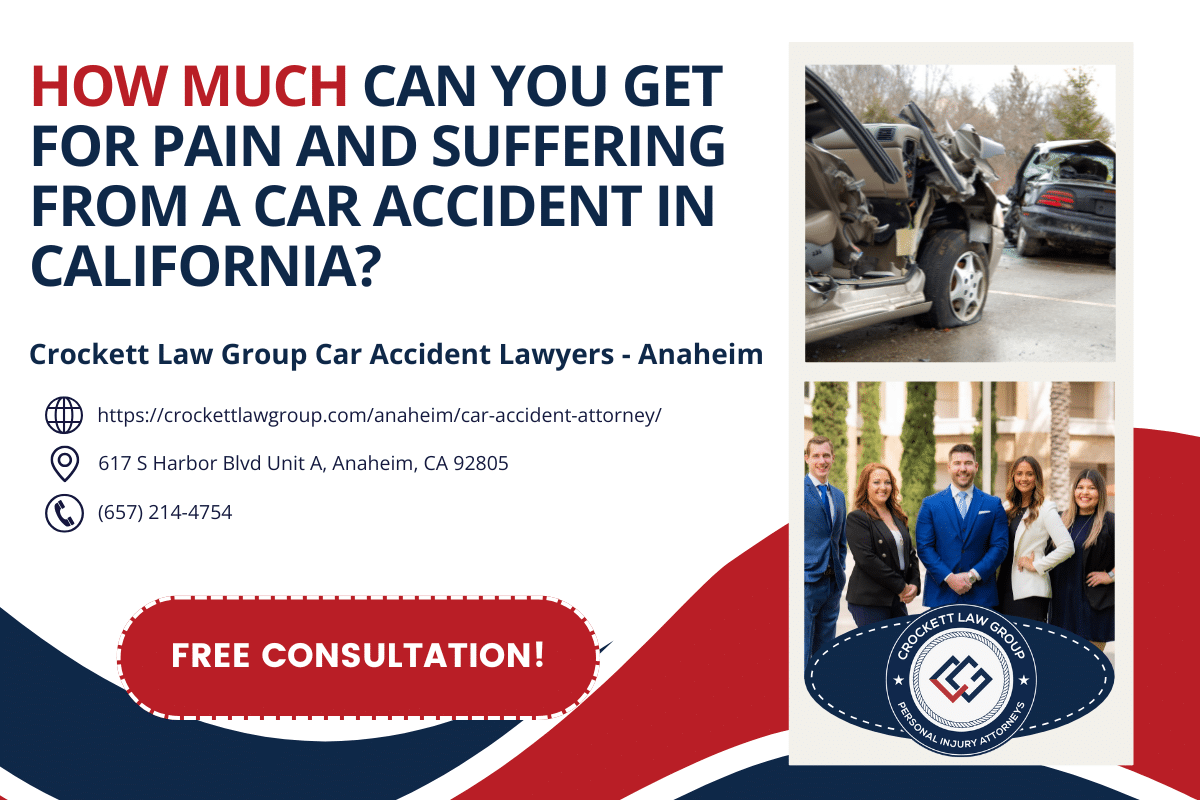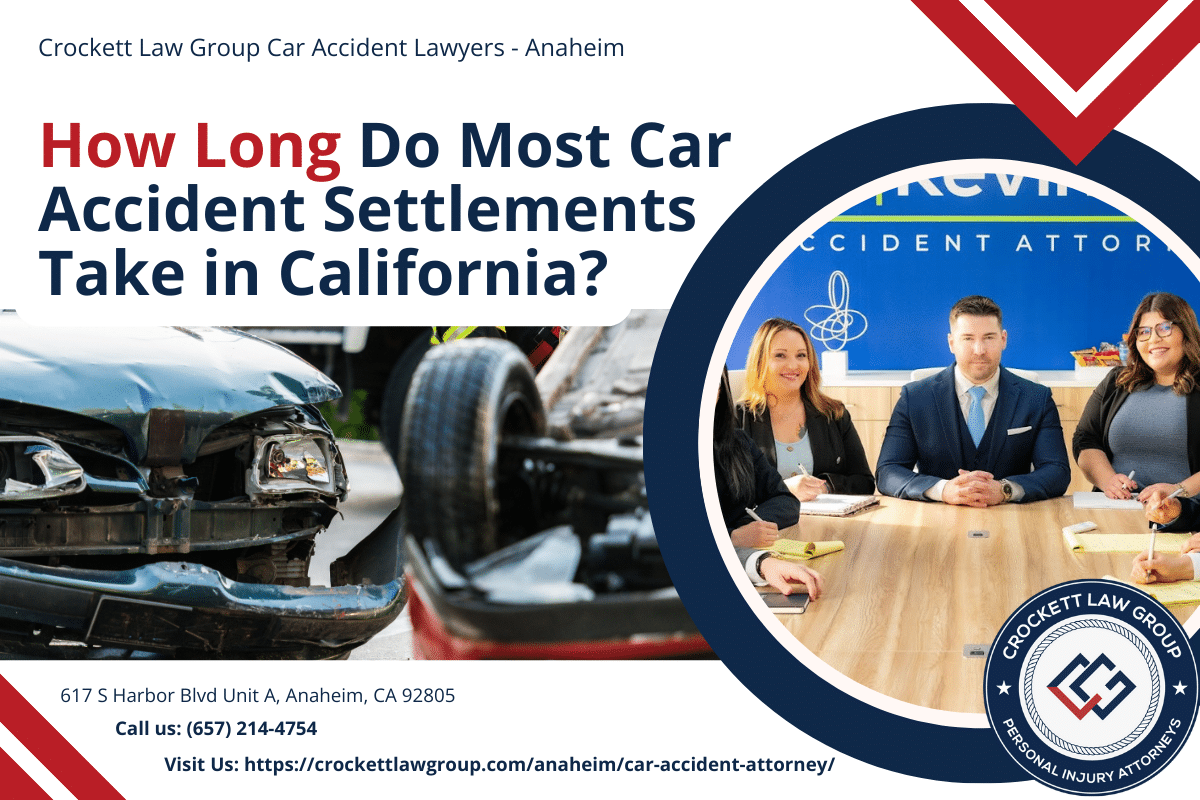Being rear-ended while stopped can be a jarring experience, often leaving victims with injuries and financial burdens. Understanding the settlement process for these types of accidents is essential for securing the compensation you deserve.
This guide will provide detailed insights into the causes, impacts, and legal aspects of rear-end collisions, as well as practical steps for dealing with the insurance claims process and negotiating a fair settlement.
Factoid About Rear End Crashes in the US
| Statistic | Value |
|---|---|
| Percentage of all motor vehicle accidents | 32.5% |
| Percentage of all accident fatalities | 7.2% |
| Percentage of all accident injuries | 31.1% |
| Annual number of rear-end collisions | Over 1.7 million |
| Annual deaths from rear-end collisions | Approximately 1,700 |
| Annual injuries from rear-end collisions | Around 500,000 |
Understanding Rear-End Collisions
Rear-end collisions are one of the most common types of car accidents. These accidents occur when one vehicle crashes into the back of another.
Understanding the dynamics and consequences of rear-end collisions is crucial for anyone seeking to maximize their settlement after such an incident.
Definition of Rear-End Collisions
A rear-end collision happens when the front bumper of one vehicle hits the rear bumper of another. This type of accident is often straightforward in terms of liability, as the driver in the rear is usually found at fault.
The simplicity of this scenario doesn’t mean the consequences are minor—far from it.
Common Causes of Rear-End Collisions
Rear-end collisions are among the most frequent types of car accidents, often resulting in injuries and significant vehicle damage. Understanding the common causes of these accidents can help drivers stay vigilant and potentially avoid such incidents. Here are the primary factors that contribute to rear-end collisions.
- Distracted Driving
- Tailgating
- Speeding
- Weather Conditions
- Mechanical Failures
- Sudden Stops
- Inexperienced Drivers
- Drowsy Driving
- Driving Under the Influence
- Road Rage
Understanding these common causes can help drivers be more aware and take preventive measures to avoid rear-end collisions.
By staying focused, maintaining a safe following distance, and adapting to road conditions, drivers can significantly reduce their risk of being involved in a rear-end accident.
Impact of Rear-End Collisions on Drivers and Passengers
The impact of a rear-end collision can be both physical and emotional.
Physically, these accidents can cause whiplash, back injuries, and even traumatic brain injuries.
Emotionally, victims may experience anxiety, depression, and post-traumatic stress disorder (PTSD). The sudden jolt from being hit can have lasting effects on one’s health and well-being.
Common Injuries from Rear-End Collisions
Whiplash is the most common injury in rear-end collisions. It occurs when the head is suddenly jerked backward and then forward, causing strain on the neck muscles and ligaments.
Other injuries include spinal cord damage, broken bones, and concussions. In severe cases, victims may suffer from permanent disabilities.
Financial Implications of Rear-End Collisions
The financial burden of a rear-end collision can be significant. Medical bills, vehicle repair costs, and lost wages add up quickly.
On average, a rear-end collision can cost anywhere from $2,000 to $10,000, depending on the severity of the accident. These costs underscore the importance of seeking a fair settlement.
Legal Responsibility in Rear-End Collisions
In most cases, the driver who rear-ends another vehicle is considered at fault. This is because traffic laws require drivers to maintain a safe following distance. However, there are exceptions.
For example, if the front driver suddenly reverses or has non-functioning brake lights, they may share some responsibility.
Insurance Implications of Rear-End Collisions
Insurance companies typically view rear-end collisions as clear-cut cases of liability.
The rear driver’s insurance usually covers the damages. However, disputes can arise regarding the extent of injuries and the amount of compensation.
It’s essential to understand your policy and rights to ensure you receive a fair settlement.
Importance of Seeking Medical Attention After a Collision
Even if you feel fine after a rear-end collision, it’s crucial to seek medical attention. Some injuries, like whiplash or concussions, may not show symptoms immediately.
Getting a thorough medical examination can help document your injuries, which is essential for any insurance claims or legal actions you may pursue.
Initial Steps After Being Rear-Ended
Experiencing a rear-end collision can be overwhelming and stressful. Knowing the right steps to take immediately after the accident can help protect your health and legal rights and ensure a smoother claims process. Here’s a guide to the critical actions you should take after being rear-ended.
- Ensure Safety of All Parties Involved
- Contact Authorities and Report the Incident
- Document the Scene and Gather Evidence
- Notify Your Insurance Company
- Seek Medical Attention
- Collect Contact Information of Witnesses
- Keep a Record of All Medical Treatments
- Understand Your Rights and Responsibilities
- Avoid Common Mistakes After a Rear-End Collision
- Recognize the Role of a Police Report in the Settlement Process
Following these steps after being rear-ended can significantly impact your ability to secure a fair settlement and recover from the incident.
By ensuring safety, documenting the accident, and understanding your rights, you can navigate the aftermath of a rear-end collision more effectively.
Determining Liability
Establishing liability in a rear-end collision is a critical step in the settlement process. Knowing who is at fault will influence the outcome of insurance claims and potential legal actions. This section discusses the principles and methods used to determine liability in rear-end accidents.
Legal Principle of Negligence in Rear-End Collisions
The concept of negligence is central to determining fault in rear-end collisions. Negligence occurs when a driver fails to exercise reasonable care, leading to an accident.
In most rear-end collisions, the driver in the rear is presumed negligent for not maintaining a safe following distance. However, proving negligence requires showing that the driver breached their duty of care.
Role of Traffic Laws in Determining Fault
Traffic laws play a significant role in establishing liability. These laws require drivers to maintain a safe distance and pay attention to the road conditions.
Violations, such as speeding, distracted driving, or tailgating, can be used as evidence of negligence.
Law enforcement officers and insurance adjusters often refer to traffic laws when assessing fault.
Impact of Distracted Driving on Liability
Distracted driving is a major factor in many rear-end collisions. Activities such as texting, eating, or using in-car technologies divert attention from the road, increasing the risk of accidents.
If evidence shows that the rear driver was distracted, this can strongly support a claim of negligence. Witness statements, phone records, and surveillance footage can help prove distraction.
Rear Driver’s Responsibility to Maintain a Safe Distance
Drivers are legally required to maintain a safe distance from the vehicle in front of them. This ensures they have enough time to stop and avoid collisions.
The general rule is to keep at least a three-second gap under normal conditions. Failing to do so is considered a breach of duty, making the rear driver liable for the accident.
Exceptions to Rear Driver Liability
While the rear driver is typically at fault, there are exceptions.
If the front driver suddenly reverses, stops without warning, or has malfunctioning brake lights, they may share liability.
These scenarios complicate the determination of fault, requiring thorough investigation and evidence collection to clarify responsibility.
Gathering Evidence to Prove Fault
Evidence is crucial in proving who is at fault.
Photos of the accident scene, damage to the vehicles, and skid marks can provide valuable information.
Police reports and witness statements also contribute to a clearer picture of the incident. The more comprehensive the evidence, the stronger the case for establishing liability.
Importance of Witness Statements
Witness statements are vital in corroborating the events leading to the accident. Independent witnesses can provide unbiased accounts that support your version of events.
Collecting contact information and detailed statements immediately after the accident can significantly bolster your case when determining liability.
Legal Implications of Admitting Fault at the Scene
Admitting fault at the scene of the accident can have significant legal implications. Statements made in the heat of the moment may be used against you later.
It is important to avoid admitting fault or apologizing, as this can be interpreted as an admission of liability. Stick to the facts when discussing the accident with the other driver and authorities.
Insurance Claims Process
Filing an insurance claim after being rear-ended is a crucial step in obtaining compensation for damages and injuries. This section outlines the process, from initial filing to final settlement, and provides tips to ensure your claim is handled efficiently and fairly.
Steps to File an Insurance Claim
The first step in the insurance claims process is to contact your insurance company as soon as possible.
Provide them with detailed information about the accident, including the police report number, names and contact information of all involved parties, and any witnesses. Describe the accident accurately and thoroughly without admitting fault.
Required Documentation for Insurance Claims
Proper documentation is essential for a successful insurance claim.
This includes the police report, photographs of the accident scene, medical records, repair estimates, and any correspondence related to the accident.
Keeping all documents organized and readily available can help expedite the claims process.
Working with Insurance Adjusters
Insurance adjusters are responsible for evaluating your claim and determining the settlement amount. They will review the evidence, assess the damage to your vehicle, and consider your medical expenses.
It is important to communicate clearly and honestly with the adjuster, providing all necessary documentation to support your claim.
Understanding Insurance Policy Coverage
Knowing the specifics of your insurance policy can help you understand what is covered and what is not.
Coverage typically includes liability, collision, and medical payments. However, the extent of coverage can vary.
Review your policy details to ensure you are aware of the limits and exclusions that may apply to your claim.
Common Delays in the Claims Process
Delays in the insurance claims process can be frustrating.
Common reasons for delays include incomplete documentation, disputes over liability, and disagreements on the extent of damages.
To avoid delays, ensure all required documents are submitted promptly and accurately. Follow up regularly with your insurance company to check the status of your claim.
Tips for Negotiating with Insurance Companies
Negotiating with insurance companies can be challenging, but being prepared can help.
Document all communications, remain calm and professional, and provide clear evidence to support your claim.
Understanding the value of your claim and being persistent can lead to a fair settlement. Remember, you have the right to question and negotiate the initial offer.
Importance of Keeping Detailed Records
Maintaining detailed records of all aspects of the accident and the claims process is crucial.
This includes medical bills, repair estimates, correspondence with insurance adjusters, and notes from conversations.
These records will help you track the progress of your claim and provide evidence if any disputes arise.
Role of an Attorney in the Claims Process
An attorney can provide invaluable assistance during the insurance claims process. They can help gather evidence, communicate with insurance companies, and negotiate settlements.
If disputes arise, an attorney can represent your interests and ensure you receive the compensation you deserve.
Contact Santa Ana Auto Collision Attorney
If you have been rear-ended while stopped and need legal assistance, contact Crockett Law Group.
Our experienced Santa Ana auto collision attorneys can help you navigate the settlement process and ensure you receive the compensation you deserve.
Call us today at (800) 900-9393 for a free consultation.










